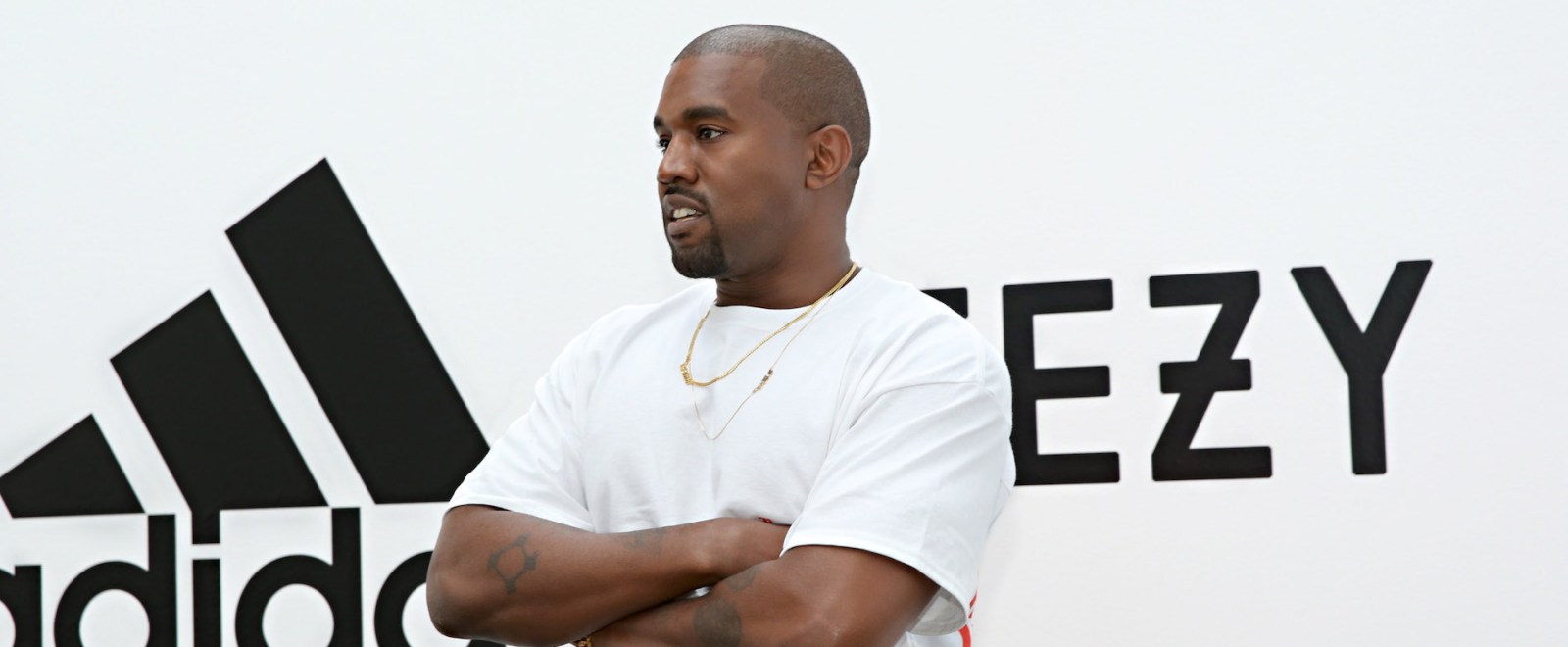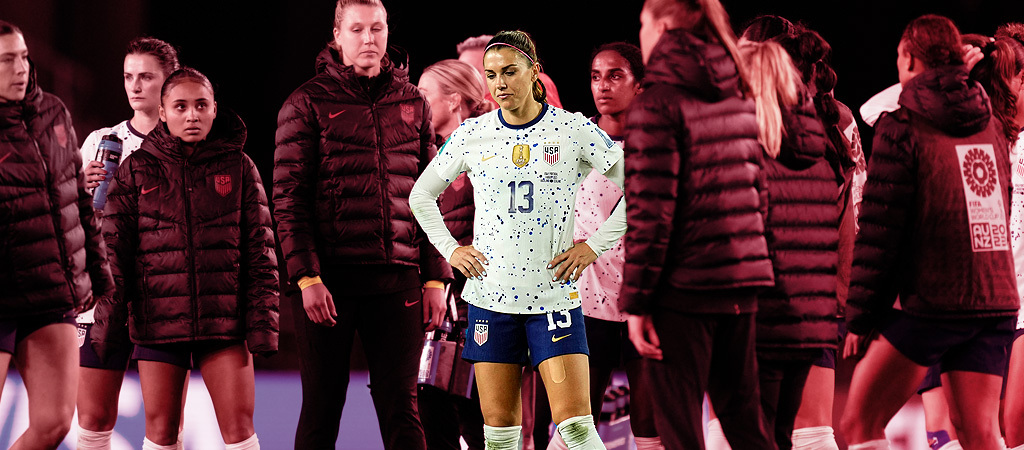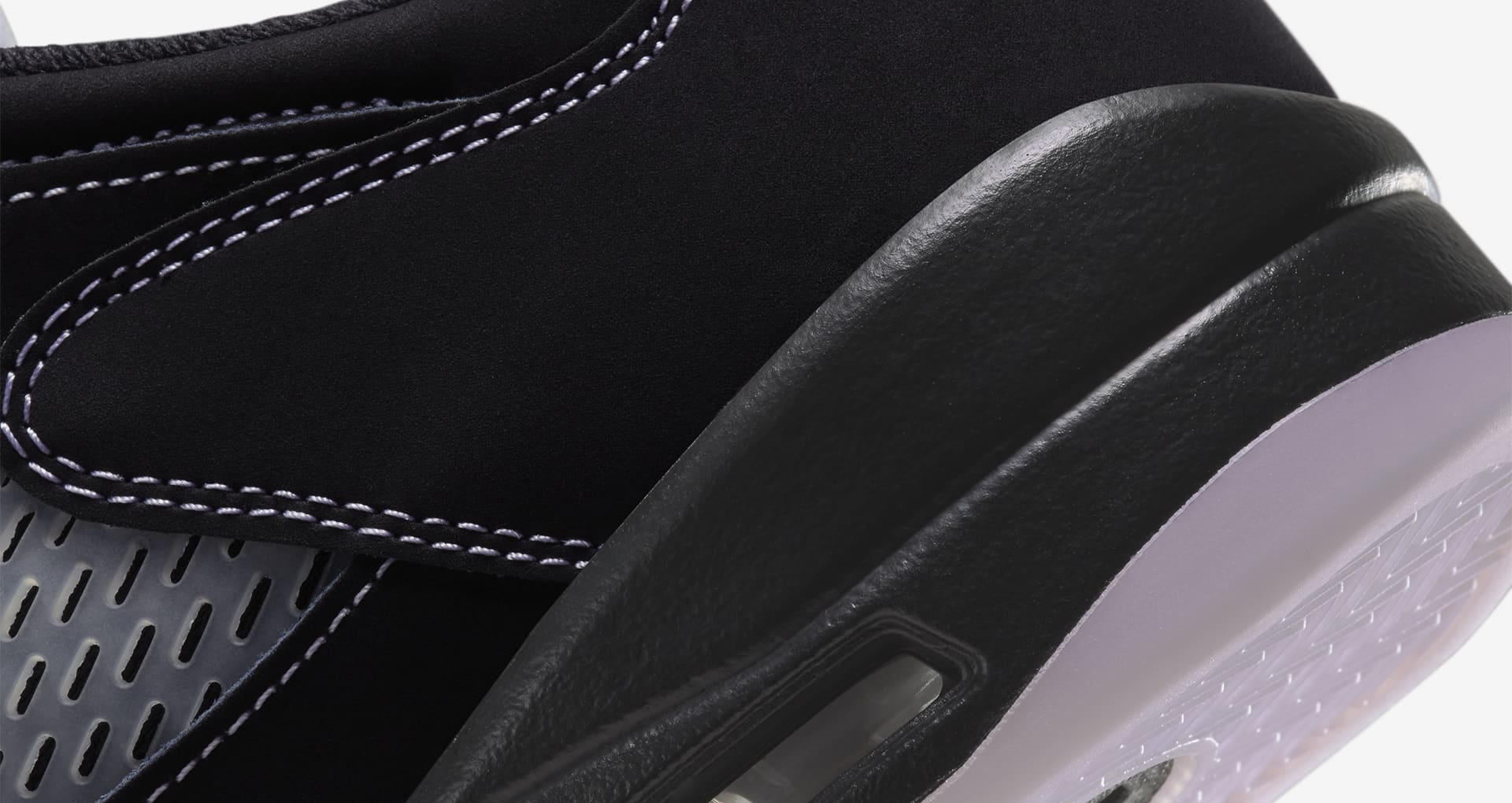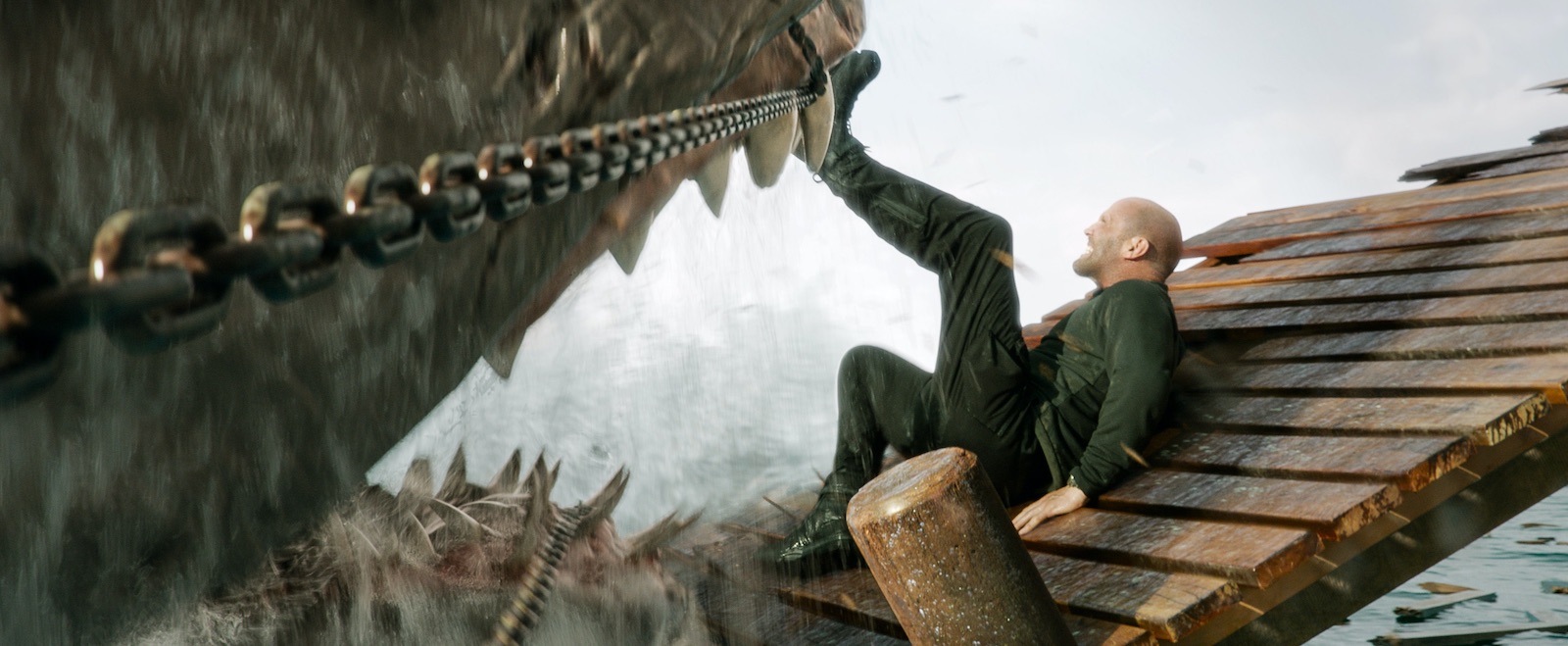The United States women’s national team’s last match of group play at the 2023 Women’s World Cup needed to double as a defining moment for a pressure-cooked team struggling to find its identity on the pitch. After a lackluster win against tournament debutants Vietnam and a hand-wringing draw against a precise and technical Netherlands side, Portugal was supposed to be the opportunity to answer questions about the team’s performance, its drive, and its ability to dominate an ever-expanding women’s game. These questions aren’t new, as they have been growing, in number and volume, since the USWNT’s third-place finish at the Tokyo Olympics.
The game against Portugal could’ve been a course correct for Vlatko Andonovski’s squad. Instead, it felt like a harbinger of even tougher battles for the two-time defending World Cup winners. A post, just a few inches wide, saved the USWNT from an early and embarrassing exit in group play. The team has never missed out on the chance to advance from the group stage since the Women’s World Cup began in 1991. Their second-place finish behind the Netherlands in Group E marks just the second time they’ve ever failed to win their group before heading into the knockout stages. They netted their lowest-ever points total in group play at the tournament and scored just four goals over the course of three games.
When faced with all of that, the knee-jerk conclusions some pundits have come to seem to be focused on the wrong issue. That “noise,” fueled by pundits and online fans, points to individual players, shifting team cultures, and an increased focus on issues off the pitch as to why the USWNT had to claw its way out of group play. Carli Lloyd, an all-time great player whose competitive fire is matched by few others in the sport’s history, was particularly upset with how the players celebrated getting out of the group despite not performing to the ultra-high standard players like herself set.
It’s, frankly, easy to point to things that are impossible to really define when a team is going through — by its own standards — an unprecedented dip in performance. But we’ve seen teams struggle in a similar manner to how the United States has struggled in New Zealand, so it stands to reason that the answer to why they’ve looked off throughout group play is not all that hard to figure out.
This squad sports incredible depth, on the field and on its bench. Even though some of the team’s most important players are out with injuries, it’s got world-class attackers in Sophia Smith, Lynn Williams, and Alex Morgan; midfield playmakers like Lindsey Horan and Rose Lavelle; and a sound defense in Naomi Girma, Emily Fox, Crystal Dunn, and Julie Ertz, who is a midfielder deputizing as a center back and doing well, all things considered. There’s fresh talent like Trinity Rodman, Ashley Sanchez, and Savannah DeMelo ready to bring flashes of brilliance to the game, and dependable workhorses like Emily Sonnett, Kelley O’Hara, Sofia Huerta, and Kristie Mewis.
But if the recipe is bad, it doesn’t matter how good the ingredients are, the final product is still going to be off. And through three games, that has been what we’re seeing with the USWNT.
Many of the squad’s problems originate in the midfield. It’s not because Horan, Lavelle, and Andi Sullivan can’t match up against teams like Portugal and the Netherlands for skill, but because the formation they’re in hampers their ability to move the ball forward when the attack demands it and to possess when the brakes are on. When Ertz stepped away from the game for a year and a half, the team needed a holding midfielder capable of sweeping up play and alleviating pressure at the back line. While asking anyone to single-handedly replace Ertz is an impossible task, Sullivan was the natural choice to step into the role. She’s managed to do enough of that, but unlike Ertz who could take care of quite literally everything in the middle of the park at her best, Sullivan can use some help, especially when tasked with cleaning up play against teams that like to crowd the midfield.
When the U.S. changed from a 4-3-3 formation (four defenders, three midfielders, three attackers) to a 4-2-3-1 lineup (four defenders, two defensive midfielders, three attacking midfielders, one striker) as they did in the SheBelieves Cup earlier this year, that meant Horan would stay back to help Sullivan while Lavelle or Sanchez could string passes through to create counter attacks. That formation didn’t solve all of the team’s problems – finishing chances in the final third is still an elusive feat – but it left the midfield less vulnerable to being swarmed, which made it easier for the Americans to control the game. They won the tournament with that formation and managed to solve the problem of Ertz’s absence in the process.
In the World Cup, Andonovski has reverted back to the 4-3-3 lineup during the group stage, saddling Sullivan with defending alone, placing Ertz in a center-back position where she can only clean up play, and putting pressure on Horan and her midfield partner to service the wings. Those “wings” aren’t really wingers — Rodman, Smith, and Williams are more number 9s who are at their best when they’re running head-on against lines of defense, able to dribble their way out of trouble, and have a laser-focused view of the back of the net. And Morgan, who occupies that number 9 role at present, really isn’t working as a striker anymore. She’s not receiving balls in the box and converting them like she used to, although she is the best of the bunch defensively.
The team’s defense has generally been rock solid — their 0.7 expected goals allowed is the fewest through three games, and Alyssa Naeher has only been beaten once. But the midfield and forwards have been strangely profligate all tournament. The Americans have the third-best expected goals mark in the field with 7.8 xG. They’ve scored a total of four goals. Their passing has been shockingly bad, as the United States is 21st out of 32 teams in completion percentage with a mark of 68.8 percent. The inability to do the simple stuff has been the strangest bit of it all, as the team falls to 25th in completion percentage among short passes. The defensive solidity and ability to create chances are reasons for optimism, but the sloppiness with the ball matches the eye test.
A Round of 16 matchup against Sweden, the No. 3 team in the world, is up next. Odds are Japan, which is 11th in the world and dominated its group, would be waiting for the winner in the quarterfinals. While it would show a level of bravery that he hasn’t shown in the tournament, changes to both the formation and the personnel could be in Andonovski’s best interest. Alana Cook, a trustworthy defender who’s played alongside Girma for the U.S. before, should start and Ertz — whose fitness really isn’t in question at this point since she’s played every minute of every game — should take up her more familiar spot in the midfield. Horan and someone like Sanchez can occupy the midfield (particularly against Sweden, as Lavelle is suspended due to yellow card accumulation), with Horan helping to defend and Sanchez springing balls forward. DeMelo and Sullivan can provide some crucial depth, but the USWNT needs Horan’s leadership and Ertz’s reliability in the middle of the pitch, and the third player in that trio needs to be the one who compliments them the best.
Smith should serve as the team’s number 9, pressuring defenders and sprinting towards goal while Williams and Rodman offer support (and more speed) on the wings. Having someone take Morgan’s place in the XI would be an especially bold move, although all the dirty work that Morgan does — connecting play, scooping up loose balls, pressing for every second she’s on the pitch — absolutely has a place in the team. It just doesn’t quite fit with with the team needs right now.
Pinging balls out wide seems to be a go-to gameplan for the team, but the USWNT’s peerless speed on the wings actually works against it when its midfield is sitting so deep to defend that only one or two players can make it to the box for a cross. There’s too many speculative crosses with the hopes that Horan (from her spot in midfield) or the opposite winger can get on the end of a ball from out wide and redirect it to net — a predictable pattern that most defenses can read a mile away. Adding support to the midfield means freeing up more members in the attack, which means more bodies in the 18, and potentially, more goals. And this doesn’t just mean players from the midfield can get into more dangerous areas, as Dunn and Fox being able to bomb forward from their fullback spots instead of being pinned deep gives the wingers players with whom they can combine out wide, or lets them tuck inside so the fullbacks can play balls into the box, instead.
The staff’s management of its own bench is another worrying trend. If you watched the USWNT vs. Portugal game, it was fair to wonder if the Americans were tired. They certainly looked it, especially after 15 minutes of high-press play gave way to lagging passes and slow-to-recover turnovers. If they were gassed, they had every right to be. Over the course of three games, Andonovski’s team has only made a handful of subs — most of them attack-minded, and nearly all of them around the 70-minute mark. In particular, the management of the bench against the Netherlands was shocking, as the only substitute came when Lavelle entered for DeMelo at halftime. Andonovski claimed this had to do with the rhythm of the game, and Lavelle’s introduction certainly played a major role in the team looking considerably better in the second half, but the team looked visibly exhausted by the end of a high-pressure game, looked gassed against Portugal, and is running on empty heading into a win-or-go-home situation with Sweden in the Round of 16.
So, what’s the answer? It’s likely not one big change needs to be made, but several small ones. Most lie with the coach — a readiness to dip into his subs, a willingness to switch formation and tactics when original plans fail to work. Whether Andonovski learns from the underwhelming group stage performance or not and makes tweaks remains to be seen, but even if he doesn’t, there are ways the players can get things on track. High pressure has always been something the U.S. has done well, but to crowd opponents the minute they get the ball is a coordinated move, which means players need to communicate better on the field, have more awareness of where their teammates are, take in the bigger picture instead of focusing solely on their role. The USWNT could use more aggression off the ball and more confidence on it, they could be quicker and more precise in their passing, more deliberate in their dribble, and more selfish in front of goal.
But ultimately, they need to find a connection with each other on the field. They must rediscover their collective drive to win and define what playing like a team means for them, away from the expectations, probing questions, and noise that has drowned out all they’ve achieved so far.

































